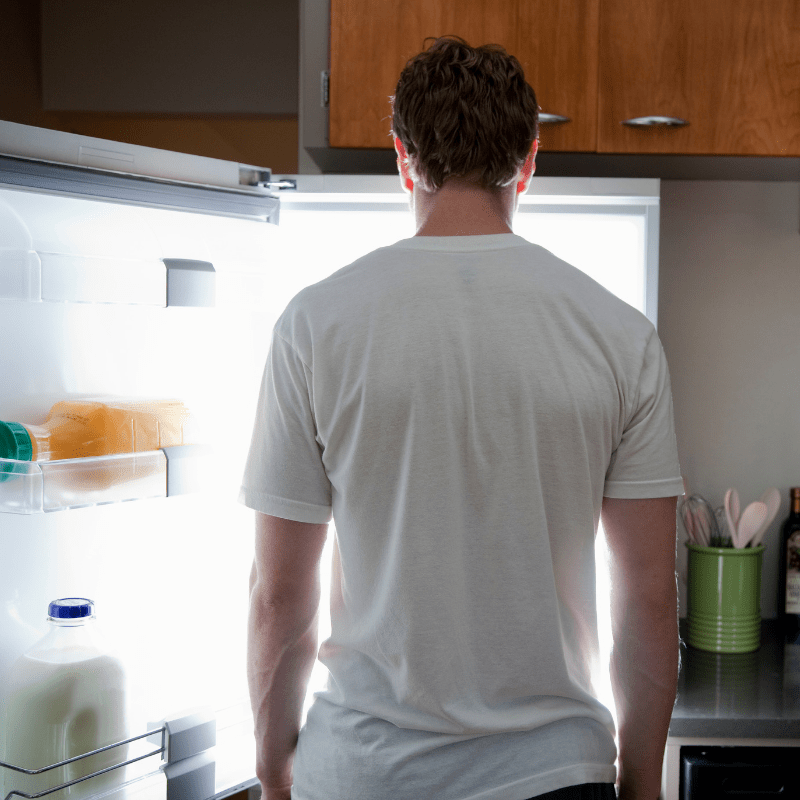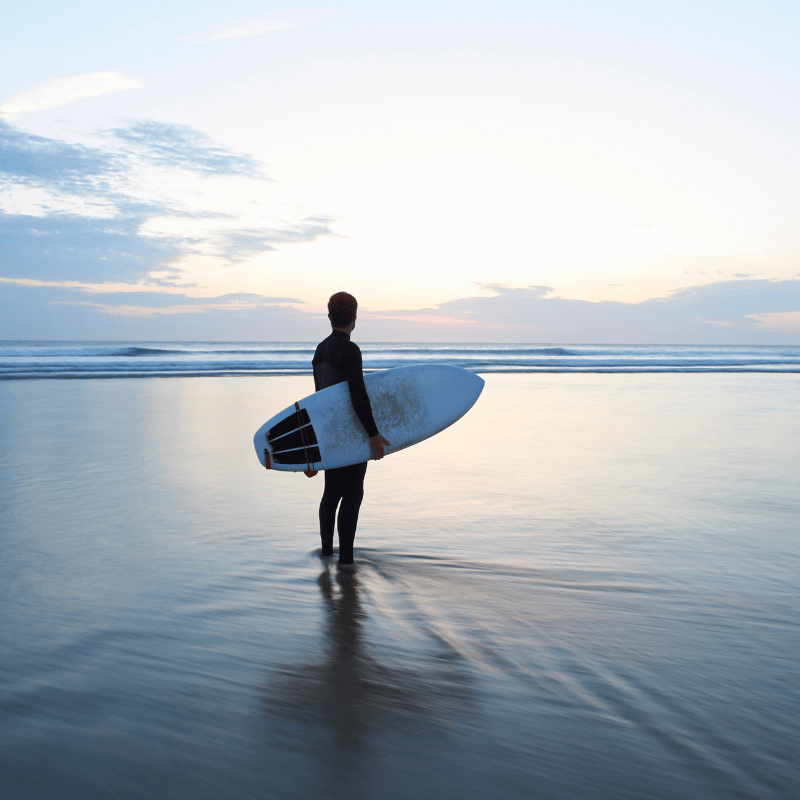Six great unknown things about renters insurance
What would you do if your home flooded and your belongings were severely water damaged?
How about if a friend came over to visit and tripped over injuring themselves?
Without renter’s insurance – also known as contents insurance – you’d have to front the costs to replace your water damaged possessions or your friend’s medical costs.
What you need to know
Tenants are responsible for their own belongings - or their contents - of the property they’re renting.
But if a severe storm hit and damaged your ceiling or roof, it’s up to the landlord to fix this because your roof is part of the building itself.
Tenants can be liable for incidents, such as injured guests or negligent damage to another person’s property.
If you leave a candle burning when you’re not at home and the apartment is set on fire as a result, or if the sink is left running in your apartment and it overflows into your neighbour’s place, the onus is on the tenant – not the landlord – to pay the damage.
And without renter’s insurance, the costs can quickly spiral out of control, particularly when it comes to legal liability.
“This is why renter’s insurance generally covers two key things – legal liability and contents,” says QBE National Householders Product Manager, Angelo Colosimo.
“With a renter’s insurance policy, you can make a claim for the costs to replace lost, stolen or damaged belongings and have the financial backing in case there’s legal costs associated if an incident relating to liability happens at your rental property,” he adds.
Three quarters (74%) of Australian renters do not have contents insurance and are more likely to be under 30 (80%) and to live in an apartment (82%) rather than a house (68%), according to the Insurance Council of Australia (ICA).
ICA research also showed nearly one in four (23%) people with contents insurance may not even be covered for the highest value item in their home.
Six key benefits

1. Your things are covered when you leave the house
“Renters can get cover for their smartphone, laptop or camera when they’re not at home,” says Colosimo.
For an additional cost, you can add portable contents cover, which means you can claim for accidentally damaged or stolen items anywhere in Australia or New Zealand and up to 90 consecutive days worldwide..
2. New-for-old replacement on items
Renter’s or contents insurance includes new-for-old replacement on most items.
“This means that if your possessions are damaged or stolen, you may be able to replace these with brand new equivalent items of the same quality and standard,” Colosimo says.
3. Temporary accommodation costs covered
Renter’s insurance may be able to cover temporary accommodation for you, your family and your pets if your home is unliveable due to after an insured event, says Colosimo.
“If an incident happens and you can’t stay at home, for example, your neighbour’s washing machine hose bursts and it floods into your apartment next door, your renter’s insurance may be able to cover the costs of your temporary accommodation until the water damaged carpet is replaced.”

4. Food spoilage covered
“If your fridge or freezer breaks, or if it’s affected by a loss of electricity supply and your food or medicine spoils and needs to be thrown out, we’ll cover up to $500 towards the cost to replace these,” Colosimo says.
5. Environmental upgrade for your appliances
We will contribute up to $500 to the cost of a newer appliance for you with a better environmental rating if we accept your claim on a white good or appliance. (Total limit is $2,500 for the period of insurance).
“For example, if we accept your claim on your damaged two star energy rated washing machine, we’ll contribute up to $500 to have it upgraded to a three star energy rated machine,” Colosimo says.

6. Legal liability cover is automatically included
Renter’s insurance also includes a largely little-known type of cover called liability insurance.
Liability insurance protects the policy holder from liability if someone is accidentally injured in your home or if you accidentally injure someone outside your home.
“If you hit someone with your board in the surf, or you crashed into someone on the street while riding your bicycle and you’re found liable, the associated medical costs can be claimed on your renter’s insurance,” Colosimo says.
It also covers you if you’re found liable for loss or damage to another person’s property, for example, if you accidentally start a kitchen fire at your friend’s place.
“Liability protection also extends to accidental injury or damage to other people and property outside your home, whether in Australia or overseas, so if you accidentally injure a person on holidays, we may cover those costs,” Colosimo says.
How much does a renter’s insurance policy cost?
“Our contents insurance calculator may help you to estimate the total cost to replace your belongings.
The total cost of replacing your belongings is the amount you need to insure your contents for, known as your ‘sum insured’.”
This estimate reflects the total value of all your belongings, including more valuable items such as jewellery and art work.
It’s critical to accurately estimate the value of your belongings at today’s prices so you don’t get caught out in a crisis. This means updating your home insurance policy when you buy something new.
At the same time, ensure you haven’t overestimated or rounded up the costs of your possessions, as this may inflate the price of the premium,” Colosimo says.
“Your contents estimates could change over the course of the year, so it’s important to specify any new valuable items and check the nominated value of these on your policy at the mid-term of your policy, rather than simply waiting until the next renewal.
Find out more about QBE Contents Insurance
*This is the QBE Direct Contents Product Disclosure Statement & policy wording (QM8698).
This article was originally published in May 2019 and was updated in November 2020.









